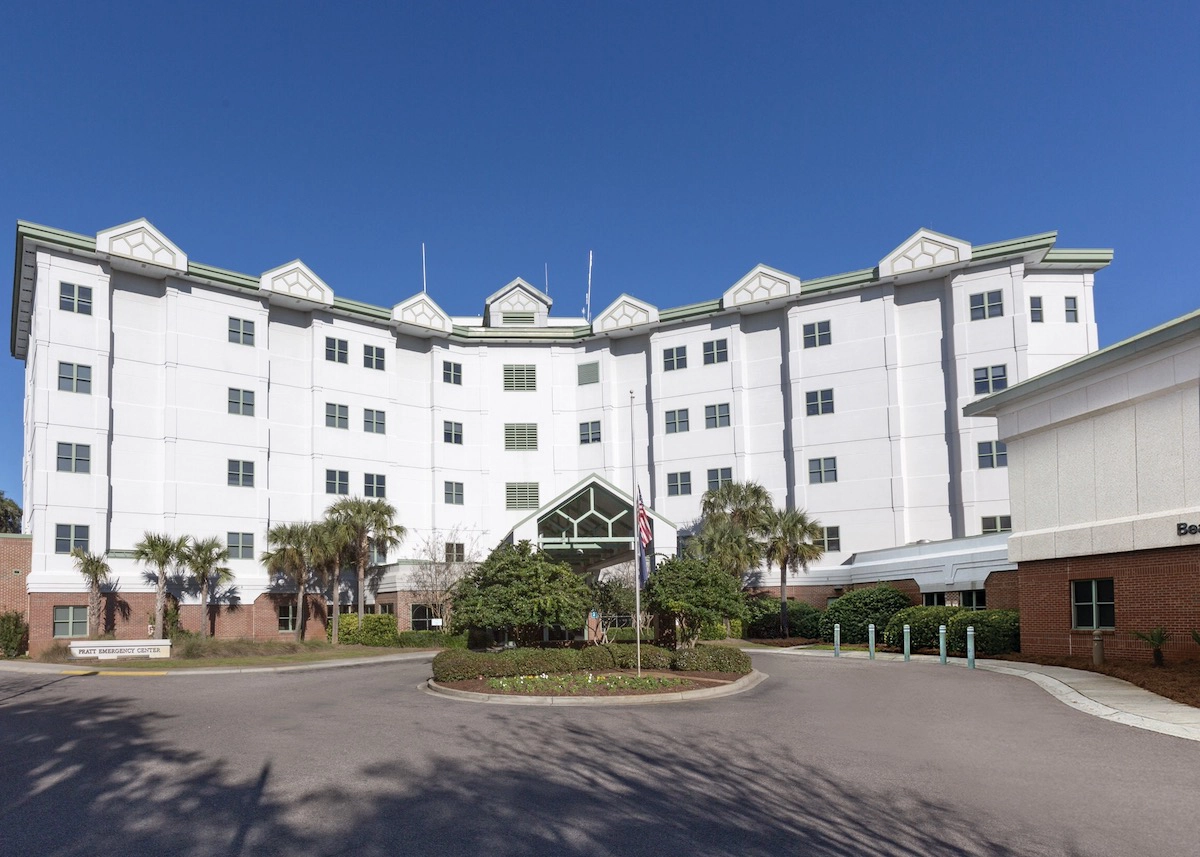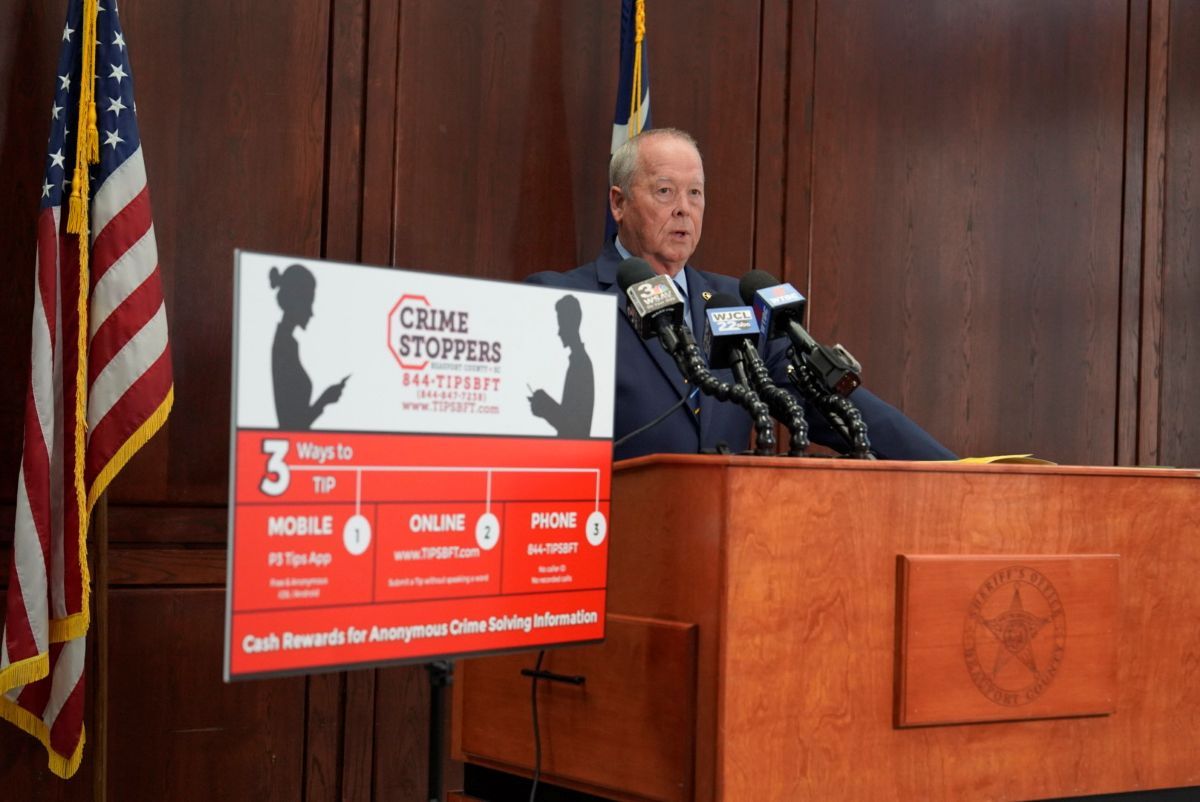It is Saturday and I’m in Port Royal. This morning I’m looking out at a yard completely carpeted with magnolia leaves. They began falling last month and will continue to fall until mid-June.
These leaves once signaled the advent of Spring; and for years they created a Saturday-morning obligation — an obligation happily and determinedly attacked by Joe Morrall.
Last month Joe Morrall died, and his death has left me and my wife, Susan, bereft and saddened at the sight of these magnolia leaves — ungathered and unmulched — a mute testament to Joe’s passing.
This morning I’m also aware that the Ukrainian soldiers in Mariupol are, apparently, fighting to the last man (and woman) in a surrounded, blasted-out steel mill. Their last stand also saddens me and reminds me of a similar siege that happened 68 years ago in a place called Dien Bien Phu.
In 1946 Viet Minh insurgents led by General Nguyen Giap began fighting the French in a distant, far-away place called “Viet Nam.” The French — reeling from an uneven, unhappy record in World War II were determined to hang onto their colony in Southeast Asia.
In November of 1953 about 10,000 French paratroopers — some being part of their famed Foreign Legion — jumped into a valley called Dien Bien Phu. Their plan was to interrupt the transport of weapons and ammunition that were then flowing South into Laos where there was unrest, insurrection and revolution brewing in the lotus-scented Laotian air.
The United States had their own problems in Korea; and the American public was not eager to get into yet another shooting war in Asia. But France was an ally and, well, these Viet Minh folks were undoubtedly Communist. So we covertly covered 80 percent of the French tab in Vietnam.
General Giap had roughly 50,000 men who quickly surrounded the French Legionnaires — his troops occupying the triple-canopied hills that surrounded the garrison and its airstrip.
Giap also had artillery — 105 mm howitzers — that he disassembled and somehow, someway transported to the top of the hills surrounding Dien Bien Phu. And on March 13, 1954, Giap’s 105s began dropping rounds on the French positions down in the valley.
In the United States Senate there was consternation and serious talk about intervention. It is said that John Foster Dulles, then Eisenhower’s Secretary of State, argued that we should give the French a couple of our atomic bombs in addition to the C-119 “flying boxcars” that were dropping ammunition and other supplies on the base.
President Eisenhower and Dulles also pressed Winston Churchill about committing Britain (and his weary, worn-out troops) into combat against the Viet Minh who were now digging trenches within a hundred yards of the French bunkers.
But the United States Senate had no stomach for another conflict where American boys would be engaged in actual combat against the Russian-and-Chinese supplied Vietnamese.
On April 22, 1954, Giap’s forces captured the airstrip. Then on May 7, 1954 his forces overran the remaining French bunkers, and the French troopers surrendered, suffering 2,200 killed and 5,000 wounded. It is estimated that only 3,300 of the captured Legionnaires made it back to France. And for many years after Dien Bien Phu, there was the feeling that we should have done more.
This is the feeling that has been resurrected by the surrounded Ukrainians in the City of Mariupol.
There are many who think the United States should be doing more in the way of weaponry — perhaps supplying aircraft like the A-10 “warthog,” with its Avenger rotary cannon carrying 1174 rounds of tank-penetrating ordinance. Or giving them our Abrams Main Battle Tank instead of the inferior Soviet-era T-72s they are now getting from Poland. Or perhaps sending over a squadron of F-35s, the most sophisticated gun-and-bomb platform ever devised.
But it’s my bet that there is a memo on Joe Biden’s desk from Vladimir Putin saying that if you deploy any American-built aircraft you will be threatening Mother Russia herself. I believe Putin knows that his massed artillery, his thinly armored T-72s and his medieval siege tactics will not survive the introduction of these airplanes and their smart bombs.
After weeks of saying Biden is not doing enough, today’s Wall Street Journal says, “While nobody wants to go on the record, senior Europeans are already whispering to sympathetic journalists that the Biden Administration is escalating too far and too fast.”
Scott Graber is a lawyer, novelist, veteran columnist and longtime resident of Port Royal. He can be reached at cscottgraber@gmail.com.










